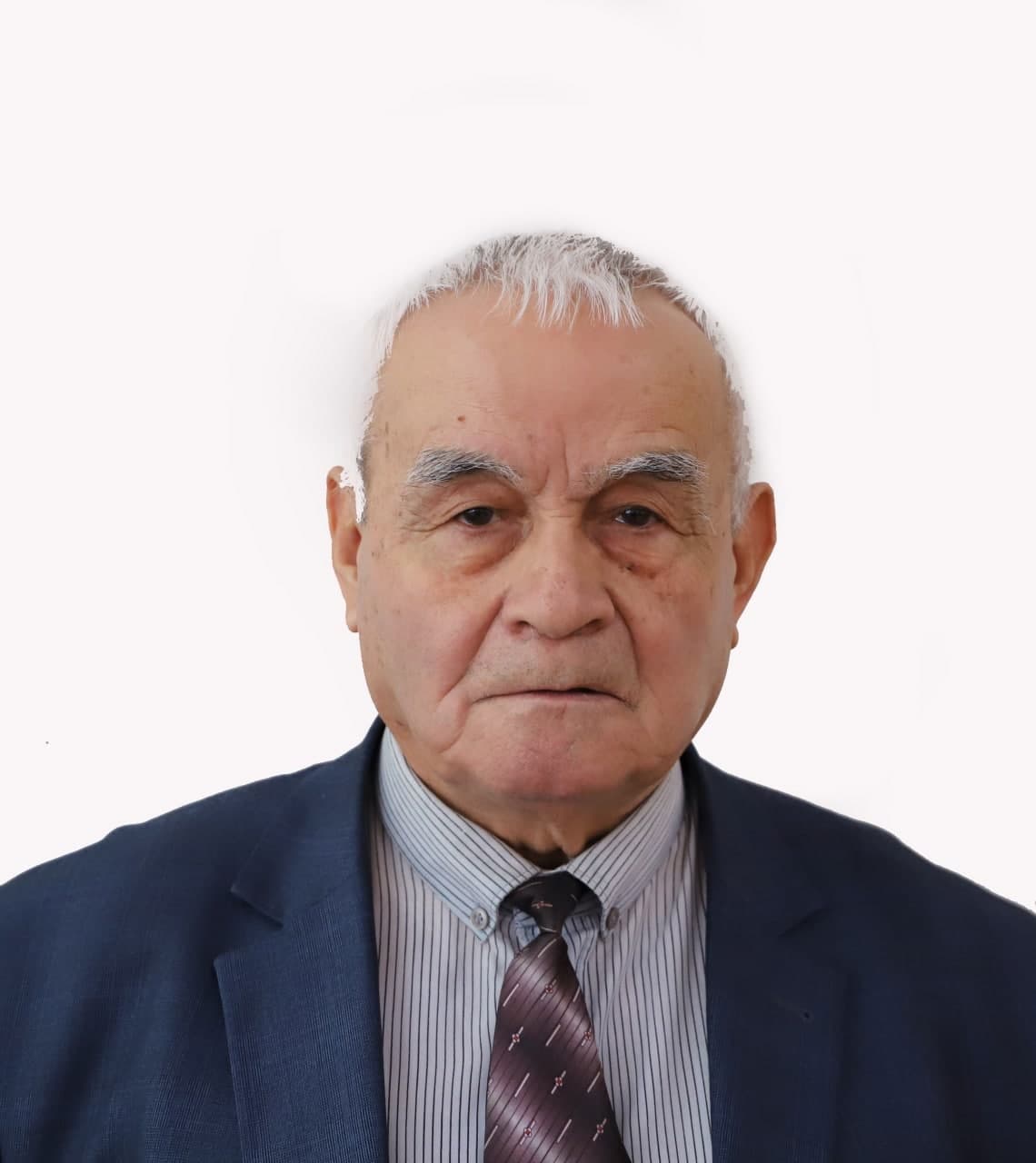Author: Butaboev, M.T.; Kamalova, N.L.; Butakhonov, F.T.; Sodikov, S.A.
Annotation: Goal. Approaches to rehabilitation of patients with sensorimotor disorders after ischemic stroke. Material and methods. 220 patients who had suffered an ischemic stroke in the middle cerebral artery basin on the right (106) and left (104) were examined. The average age was 58.6±6.5 years, the duration of the disease was 1.2 years. The diagnosis was verified using magnetic resonance imaging of the brain; the size of the post-stroke focus ranged from 1 to 3 cm. The control group consisted of 35 healthy people, comparable in age. All the subjects were right-handed. Results. In patients with lateralized hemispheric ischemic stroke, the formation of heterogeneous clinical and neurophysiological patterns realized by different pathogenetic mechanisms in the central nervous system in the post-stroke period was shown — deactivation and de-inhibitory variants, which suggested the use of differentiated programs for the rehabilitation of these patients. Conclusion. Thus, the use of differentiated, pathogenetically based approaches to the rehabilitation of sensorimotor disorders in patients after ischemic hemispheric stroke improves the quality of the neurorehabilitation process.
Keywords: ischemic stroke, neurorehabilitation, disability, kinesitherapy, massage.
Pages in journal: 688 - 691







